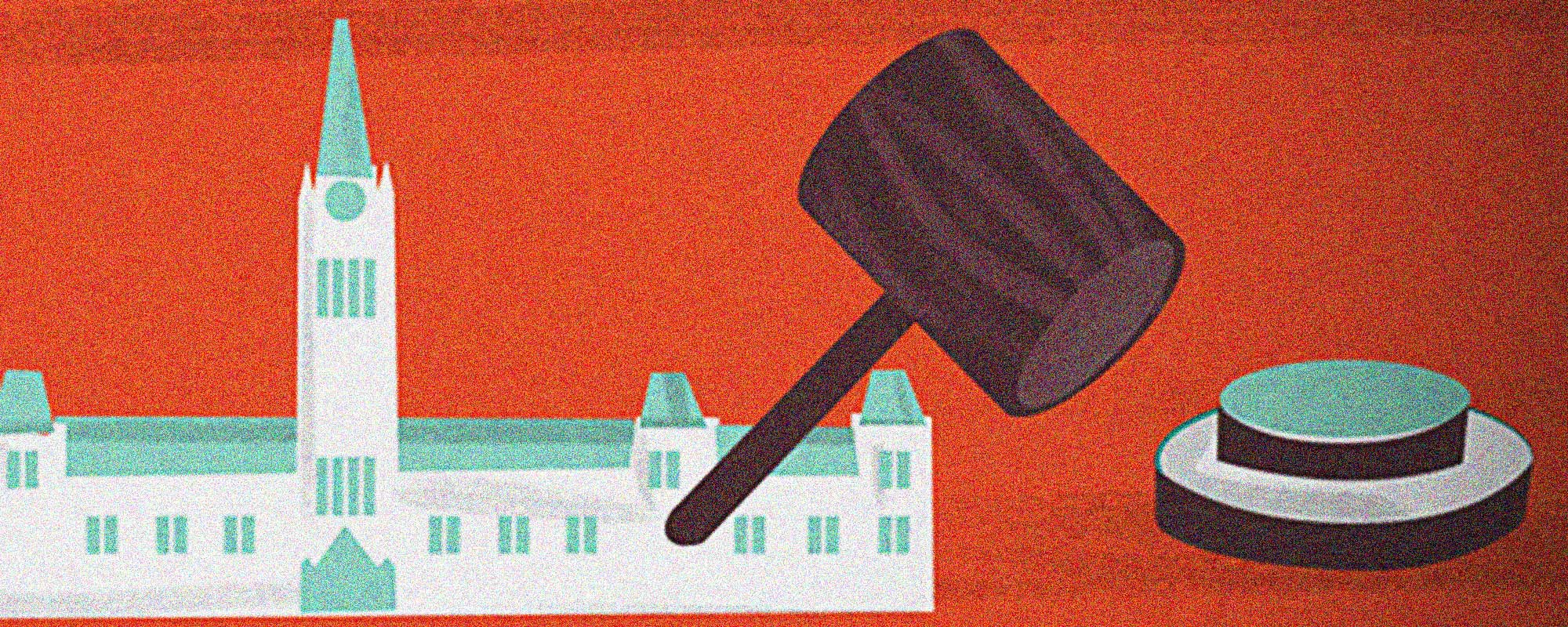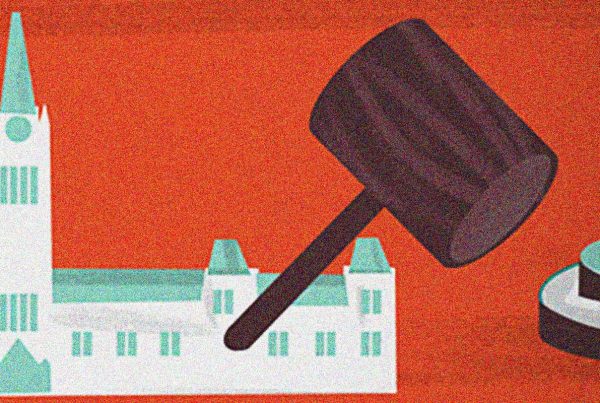
GENDER IDENTITY AND THE HUMAN RIGHTS ACT (FORMER BILL C-16)
Because the Learn section of TalkRights features content produced by CCLA volunteers and interviews with experts in their own words, opinions expressed here do not necessarily represent the CCLA’s own policies or positions.
Since its tabling in 2016, Bill C-16 (whose official title is An Act to Amend the Canadian Human Rights Act and the Criminal Code and which received royal assent in June 2017) has been the subject of great controversy. Whereas the expressed intent of the law is to add “gender identity and gender expression to the list of prohibited grounds of discrimination” as well as amending the Criminal Code to “extend the protection against hate propaganda set out in that Act to any section of the public that is distinguished by gender identity or expression”, some have argued that the law, under its commendable purpose, hides an agenda with the potential to curtail fundamental freedoms.
This piece gives a summary explanation of the frameworks through which the law will be interpreted and applied.
THE CANADIAN HUMAN RIGHTS COMMISSION AND TRIBUNAL
Canada is a federal system. This means that the federal and provincial governments are vested with respective competencies over which than can enact laws. As such, the Canadian Human Rights Act (CHRA) outlaws discriminatory practices committed within fields of federal competency. The CHRA creates and regulates two organs, the Canadian Human Rights Commission and the Canadian Human Rights Tribunal.
The Commission has a wide range of duties and functions, the most ubiquitous of which is receiving human rights complaints. It may appoint an investigator to examine disputes as well as a councillor to attempt resolving the complaint before going before the Tribunal. Its administrative functions also include the drafting of policy guidelines and proposals for the harmonization of federal human rights law with provincial human rights standards across Canada.
The Tribunal takes up complaints referred to it by the Commission and holds all the powers of a superior court under the Constitution Act, 1867, which means it has similar power and authority to hear cases and render judgments. The only difference is its specialisation in federal human rights law. It is composed of at most fifteen members, four of which, including the Chairperson and Vice-chairperson, must have been members of a provincial bar for at least ten years. Other members without such qualifications must have relevant experience, expertise and interest in human rights.
The Tribunal can impose different sanctions aimed at remedying at discriminatory practices. This normally includes ceasing the discriminatory practice if it is ongoing and taking measures to ensure that it ceases. The Tribunal can impose other sanctions such as making available on the first reasonable occasion, the rights, privileges, or opportunities denied as a result of discriminatory practice, and compensatory damages of various forms (a list of possible remedies is enumerated at s. 53(2) of the Canadian Human Rights Act, R.S.C., 1985, c. H-6).
In order for a complaint to succeed, it must be based on one of the statutory grounds for discrimination stated in s. 3(1) of the Act. Bill C-16 adds gender identity and expression to this list. This is mostly symbolic considering discrimination against transgender individuals has been jurisprudentially outlawed by human rights tribunal judges in Canada who have interpreted discrimination against transgender people as falling under the statutorily proscribed ground of “sex”. We should not underestimate, nevertheless, the symbolic value of this enactment, which strengthens the case law and protection extended to transgender people and clearly positions gender-based harassment as illegal behaviour in the federal sphere. In doing so, the federal government brought its human rights standards in line with the provinces’, which have all enacted this form of amendment.
In short, this is a fairly innocuous addition to the law. Again, as was alluded to earlier, critics have opposed the amendment, claiming it can lead to “compelled speech”, which amounts to unconstitutional action. These claims will be addressed in the next piece published in this section. For the time being, it suffices to say that the changes to the law are not major by any means. They reflect already settled practice and in any case, the Human Rights Tribunal’s encroachment on liberty is minimal. It cannot sentence someone to imprisonment. Moreover, its decisions are aimed at remedying discriminatory practice, not channelling societal opprobrium the way a criminal court does. This being said, let us turn to C-16’s Criminal Code amendments.
THE CRIMINAL CODE OF CANADA
Contrary to Human Rights Tribunals where proceedings are instigated and led by a private complainant, criminal prosecutions are initiated and conducted by the Canadian federal government.
Bill C-16 also adds “gender identity and expression” to the list of identifiable groups under subsection 318(4) of the Criminal Code. This list constitutes part of a subdivision of the Code called “Hate Propaganda”, which includes advocating genocide, public incitement of hatred, and wilful promotion of hatred. As will become evident, these are narrow crimes that will rarely be prosecuted.
Advocating genocide means advocating or promoting the killing of members of an identifiable group, or the deliberate infliction on the group conditions life calculated to bring about its physical destruction, both with the intent to destroy in whole or in part any identifiable group. Public incitement of hatred means to communicate statements in any public place that incite hatred against an identifiable group of people and such incitement is likely to lead to a breach of the peace. Willful promotion of hatred, which is similar but different, simply means to willfully promote hatred.
For public incitement of hatred to be found, there must be proof of several elements: (1) statements must be communicated in public, (2) they must incite hatred against an identifiable group, and finally, (3) they must lead to breach of the peace that the originator of the statements intended or foresaw as likely to happen and remained willfully blind to as events unfolded. Several defences exist in the case of willful promotion of hatred. Under subsection 319(3), an accused can show his innocence by showing (a) that the statements communicated were true; (b) if, in good faith, the person expressed or attempted to establish by an argument an opinion on a religious subject or an opinion based on a belief in a religious text; (c) if the statements were relevant to any subject of public interest, the discussion of which was for the public benefit, and if on reasonable grounds he believed them to be true; or (d) if, in good faith, he intended to point out, for the purpose of removal, matters producing or tending to produce feelings of hatred toward an identifiable group in Canada.
For advocating genocide, or willful promotion of hatred charges to be laid, consent of the Attorney General of Canada is required.
WILL BILL C-16 BEAR FRUIT?: A TRANS SCHOLAR AND ACTIVIST’S PERSPECTIVE
In a very recent paper published in the University of Toronto Law Journal, LL.M student and trans activist Florence Ashley argues that laws such as Bill C-16, while symbolically valuable and appreciated by the transgender community, will be largely inconsequential in improving transgender peoples’ well being due systemic obstacles and foundational flaws in the legislation’s premises. She posits, among other things, that human rights lawsuits are costly and the symptomatic poverty faced by many transgender individuals (55% of transgender people have an annual income of less than $25,000 according to Sandy E James et al, The Report of the 2015 US Transgender Survey (Washington, DC: National Center for Transgender Equality, 2016) at p. 56) prevents most from taking their harassers to court. She also argues, pointing to empirical evidence, that “violence against transgender people is not taken as seriously as violence against cisgender people, leading anti-trans assaults and murders to be less investigated, perpetrators to be less frequently apprehended, and accused to face reduced punishment”. Most importantly, she argues anti-discrimination laws only respond to acts committed by an archetypal transphobe. In other words, they are premised on stereotypical ideas of transphobic behaviour, which have limited applicability given transphobia (or “transantagonism” as Ashley writes), is articulated through institutions, and conditioned behaviours and manifests in more subtle ways than laws like the Canadian Human Rights Act presume.
A CONCLUSION
This piece analyses the frameworks of the Canadian Human Rights Act and the Criminal Code, which Bill C-16 amends. The main takeaway at this point should be that these laws have very circumscribed applicability. This does not mean of course that possible outcomes should not be probed and debated. However, claims to the law’s authoritarianism, from the above demonstrations, seem tenuous at best.
About the Canadian Civil Liberties Association
The CCLA is an independent, non-profit organization with supporters from across the country. Founded in 1964, the CCLA is a national human rights organization committed to defending the rights, dignity, safety, and freedoms of all people in Canada.
For the Media
For further comments, please contact us at media@ccla.org.




